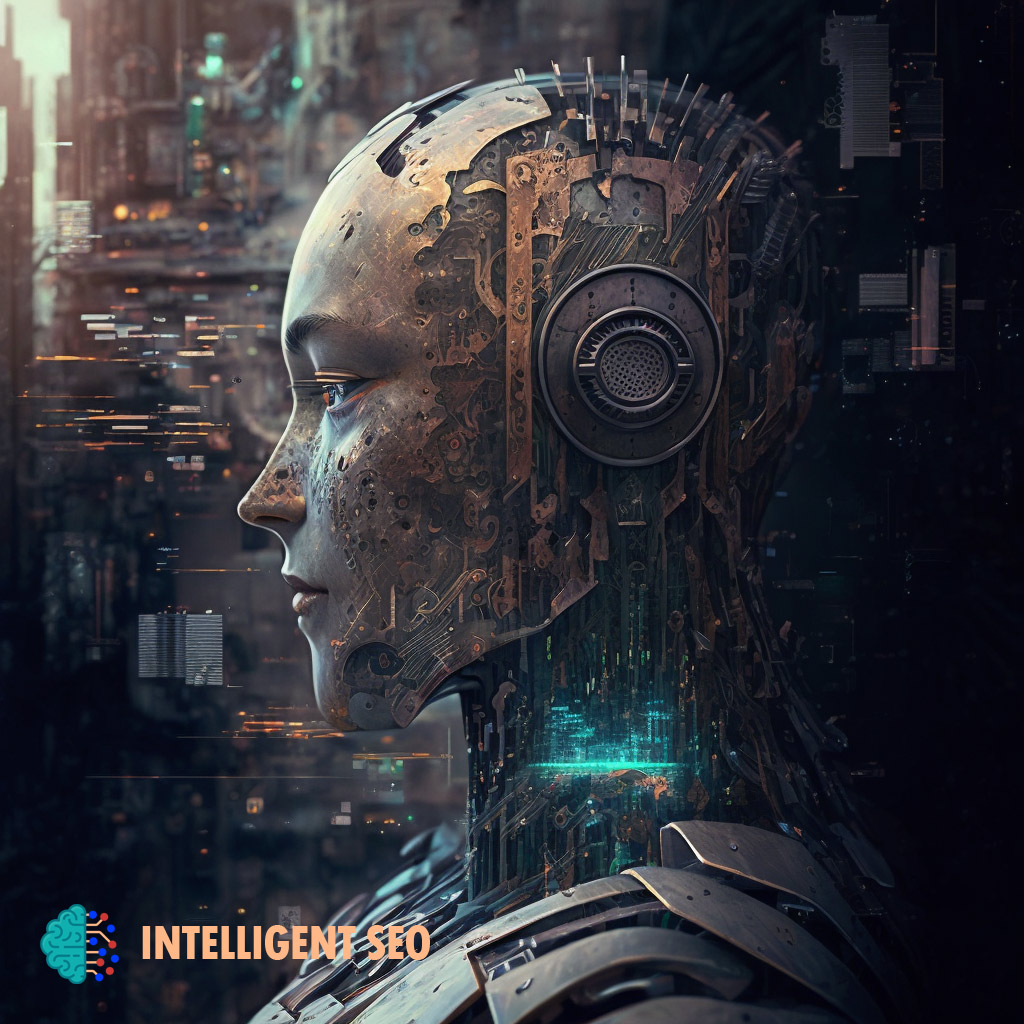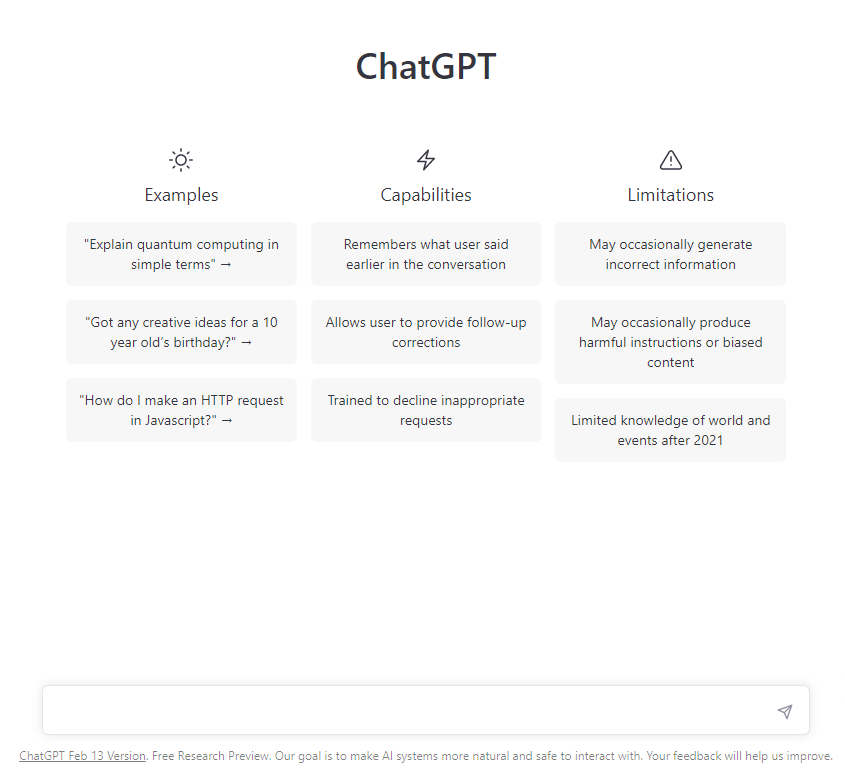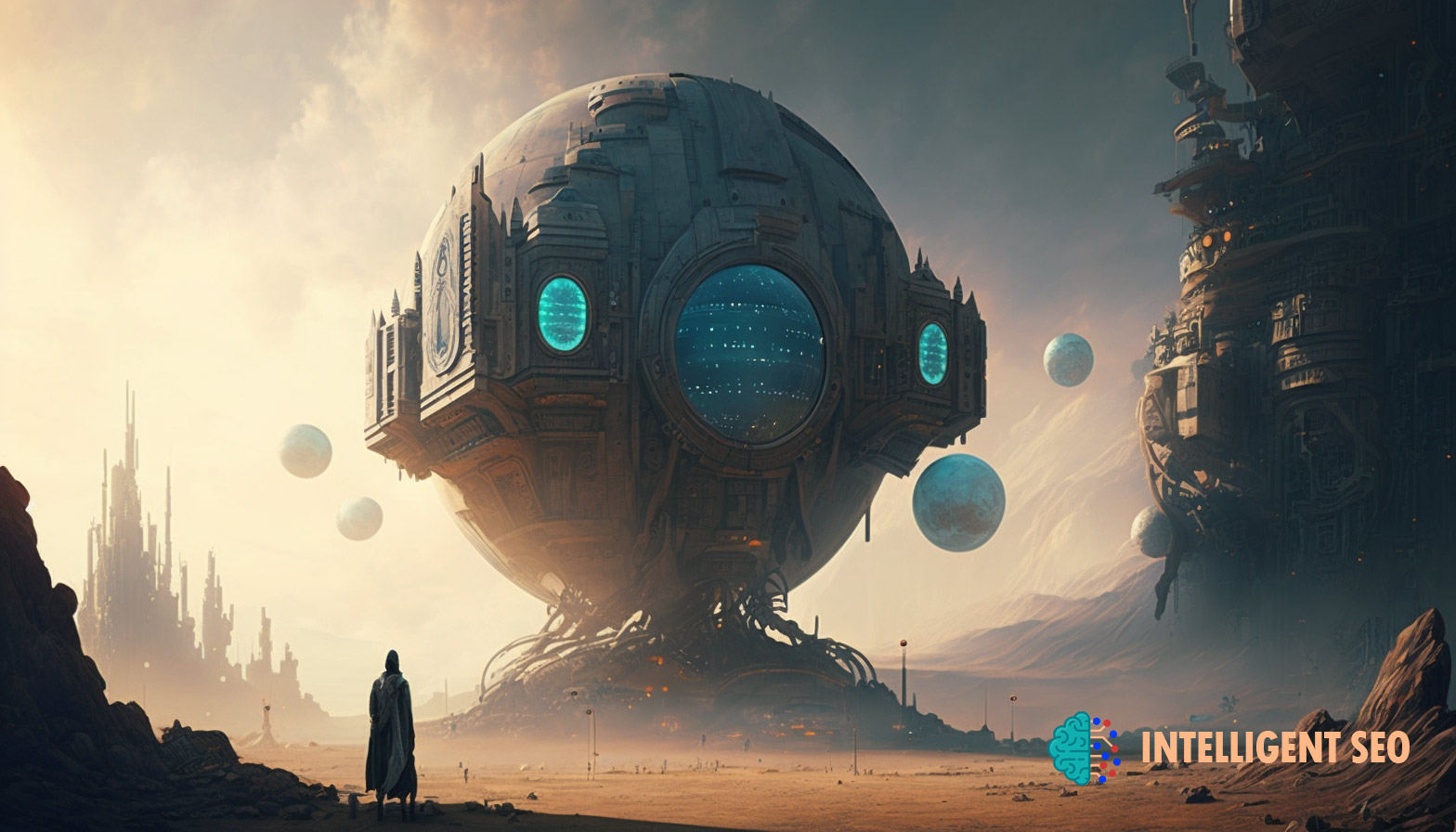AI Marketing
How To Use ChatGPT For Digital Marketing
ChatGPT is an extensive language model created by OpenAI designed to communicate with humans through natural language conversations. Trained on a vast amount of data, ChatGPT can understand and generate text in multiple languages, answer a wide range of questions and engage in meaningful discussions. Whether you’re looking for information, seeking advice, or want a friendly chat, ChatGPT is here to help. Its ability to process language and generate responses in a natural and human-like way makes it an excellent tool for many applications, from customer service and education to entertainment and more.
Where Did ChatGPT Come From?
ChatGPT was created by OpenAI, an artificial intelligence research organisation founded in 2015 by a group of leading experts, including Elon Musk, Sam Altman, and Greg Brockman. OpenAI’s mission is to develop and promote friendly AI that benefits humanity and ChatGPT is one of their many projects aimed at achieving this goal. The model itself is based on the transformer architecture, first introduced in a groundbreaking paper by Google researchers in 2017. Since then, the transformer model has become the state-of-the-art approach to natural language processing. OpenAI has continued to refine and improve ChatGPT through extensive training on large text datasets.

How Do You Use ChatGBT?
As an end-user, you can use ChatGPT by interacting with a chatbot that has been developed using the technology. Chatbots can be integrated into websites, messaging apps, and other digital platforms, allowing users to engage with a business or organisation in a conversational manner.
You can get started by visiting the https://chat.openai.com/ website and clicking on the button [ Try ChatGPT ]
To use ChatGPT, type in your question or message to the chatbot, and the AI-powered language model will generate a response based on the context of your message and its vast knowledge base. Depending on the sophistication of the chatbot, you can have an entire conversation with it, or it may be limited to answering specific questions or providing certain information.

It’s important to note that while ChatGPT is a powerful technology, it is not infallible, and its responses may not always be accurate or appropriate. As with any AI-powered system, there is a risk of bias or errors, so using your judgment and verifying any information the chatbot provides is essential.
If you’re interested in developing your chatbot using ChatGPT, you can explore various platforms and tools that allow you to build and deploy chatbots with minimal coding experience. However, this requires technical skills and knowledge of programming languages and AI models.
What Are The Best Practises For Using ChatGPT For Digital Marketing?
ChatGPT can be a powerful tool for digital marketing, allowing businesses to engage with their audience in a more conversational and personalised way. Here are some best practices for using ChatGPT in your digital marketing strategy:
- Before implementing ChatGPT, you must define your goals and how to use the technology to achieve them. Are you looking to improve customer engagement, increase conversions, or provide better customer support? Clarifying your objectives will help you create a chatbot tailored to your needs.
- To make the most of ChatGPT, you must ensure it provides real value to your customers. This means creating a chatbot that is informative, helpful, and engaging. Consider your customers’ most common questions or concerns, and design your questions to address these issues.
- ChatGPT can provide a more personalised experience for your customers. By incorporating user data and preferences, you can tailor the conversation to their specific needs and interests.
- Like any marketing strategy, ChatGPT requires ongoing testing and refinement. Use analytics and customer feedback to monitor the performance of how you define your questions and make adjustments as needed.
- It’s vital to follow ethical guidelines when using ChatGPT for digital marketing. Ensure the content is transparent and has a purpose, and avoid using manipulative or deceptive tactics to engage with customers.
Moreover, ChatGPT can be a powerful tool for digital marketing, allowing businesses to engage with customers in a more conversational and personalised way. By following these best practices, you can create a chatbot that provides real value to your customers and helps you achieve your marketing goals.
What’s The Best Way To Write An Article Using ChatGPT?
Using ChatGPT to write an article can be a helpful way to generate ideas, gather information, and refine your writing. Here are some steps to follow when using this AI tool to write an article:
- Start by identifying the topic you want to write about. Once you have a clear idea of your subject matter, you can use ChatGPT to generate ideas and gather information.
- Consider your readers’ questions about your topic, and ask ChatGPT for answers. You can input questions into the chatbot and use its responses to help guide your research and writing.
- Using ChatGPT to help refine your writing as you gather information. You can input key phrases or concepts and use the chatbot’s responses to generate new ideas and insights.
- After drafting your article, use ChatGPT to help you edit and revise your work. You can input specific phrases or sentences and use the chatbot’s responses to suggest alternative wording or identify improvement areas.
- Finally, it’s essential to verify any information you use from ChatGPT. While the technology is highly advanced, it may not always provide accurate or reliable information. Use additional sources and your judgment to ensure your article’s accuracy and credibility.
By following these steps and verifying your information, you can use ChatGPT to create high-quality content that engages and informs your readers.

What Is The Future Of ChatGPT?
The future of ChatGPT is auspicious. As the technology behind natural language processing continues to evolve, we can expect ChatGPT to become even more advanced and capable of more complex tasks. OpenAI continually improves the model’s language generation capabilities, increases its understanding of context and nuance, and expands its knowledge base.
One exciting possibility for the future of ChatGPT is its potential use in areas like customer service and education, where it could interact with people more humanistically and provide personalised assistance. Additionally, as ChatGPT continues to learn and absorb more information, it could become an invaluable resource for researchers, journalists, and other professionals who rely on accurate and up-to-date information.
However, it’s also important to note that as ChatGPT becomes more advanced, potential ethical concerns need to be addressed, such as the possibility of the model being used to generate false or misleading information. OpenAI is committed to the responsible development of AI technology and is actively working to ensure that ChatGPT and other models are used to benefit society.

Hi, I’m Dave. I’ve been building websites and helping businesses grow online for over 20 years. If you think we can work together, get in touch today and say hello.


Pingback: Will The Metaverse Change The Landscape Of Digital Marketing?
Pingback: How Are Big Companies Using AI To Market Their Products?
Pingback: What Does The Future Hold For AI? - Intelligent SEO
Pingback: Using ChatGPT To Help Discover SEO Keywords For Your Industry